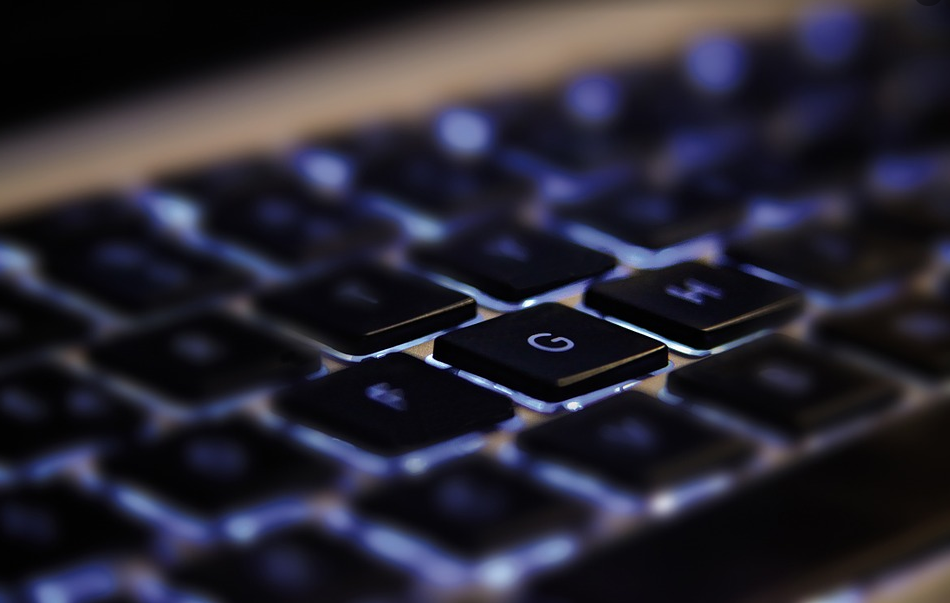Medicine
Since the beginning of the 21st century, technology has transformed the way we do things. From the way we travel to the way we communicate. Technology is changing everything. It’s changing even the way we shop, and how we do our jobs.
While these changes have been recorded in many industries, the health industry has not been left behind and has recorded some changes. Technology has changed communication in the medical field, the way treatment is administered and how research and information-gathering is conducted. This article discusses four ways that technology has changed the medical field.
Electronic Medical Records
Only medical professionals working in the coding and billing departments can understand the role that technology has played in making their work easier. Before the introduction of a computerized system, medical billing and coding were based on a paper system where everything was stored in files. The introduction of HIPAA laws saw the introduction of requirements to come up with software that would facilitate electronic bills. This system has also benefited doctors who can now access patient information with the touch of a button. The benefit of this system is that it details the medical history of a patient and diagnosis becomes easier. This technology has also resulted to the statistical documentation of citizens. Electronic medical records are also associated with making the medical field more transparent. This has resulted to the ease of getting reimbursements to treat a sick person while at the same time eliminating unnecessary costs.Related articles
Portal Technology And Improved Communication
Portal technology and improved communication have worked hand in hand to ensure that a patient becomes an active participant. The portal technology has been known to empower patients as they have an understanding of the whole process. Other benefits associated with the technology include easier collaboration, increased peace of mind and reduced errors. HIPAA regulations and tight schedules mean that it’s difficult to get hold of a doctor. Technology has worked hard to solve this problem with the aim of improving communication between patients and doctors. For instance, there is a new social network called Doximity that has been designed to create a place where the two groups can interact. Technology has also played a major role in ensuring language barriers do not hinder medical care. There is a technology called Omnifluent Health that is geared towards converting doctor’s spoken works to a selected language. This improves interactivity between the doctor and the patient.Use of Smartphones to Monitor Health
In the past few years, there has been a rise in the number of mobile apps that are being used to monitor health. These mobile apps coupled with wearable technology helps reduce unnecessary congestion at medical institutions. For instance, patients can use these apps to monitor body functions of heart rate, calorie burn, and food intake. When they are done, they can relay this information to doctors using apps such as Google Fit and Apple HealthKit. The use of these apps forms part of the interactive patient care systems in some hospitals where patients can use these apps to receive results of their tests from the lab. Other apps in use include the BRisk app that is used to determine the risk of a breast cancer in a woman, the IBGStar being used to measure the glucose level in blood and the Withings Pressure Monitor used to measure blood pressure.
Real-Time Locating Services
This technology helps improve efficiency in the medical field. With the tracking system, hospitals can keep track of their devices, instruments, patients and clinical staff. In a surgery room, a surgeon can keep track of his tools using this service. The hospital can track the expensive equipment in the facility to ensure that they don’t leave the building. Finally, patients who pose a flight risk can be monitored using this system.These are just four ways about how technology has changed the healthcare system. There are many ways, and with the ever changing technology, the medical field stands to benefit more than any other sector. Only time will tell.




0 comments:
Post a Comment